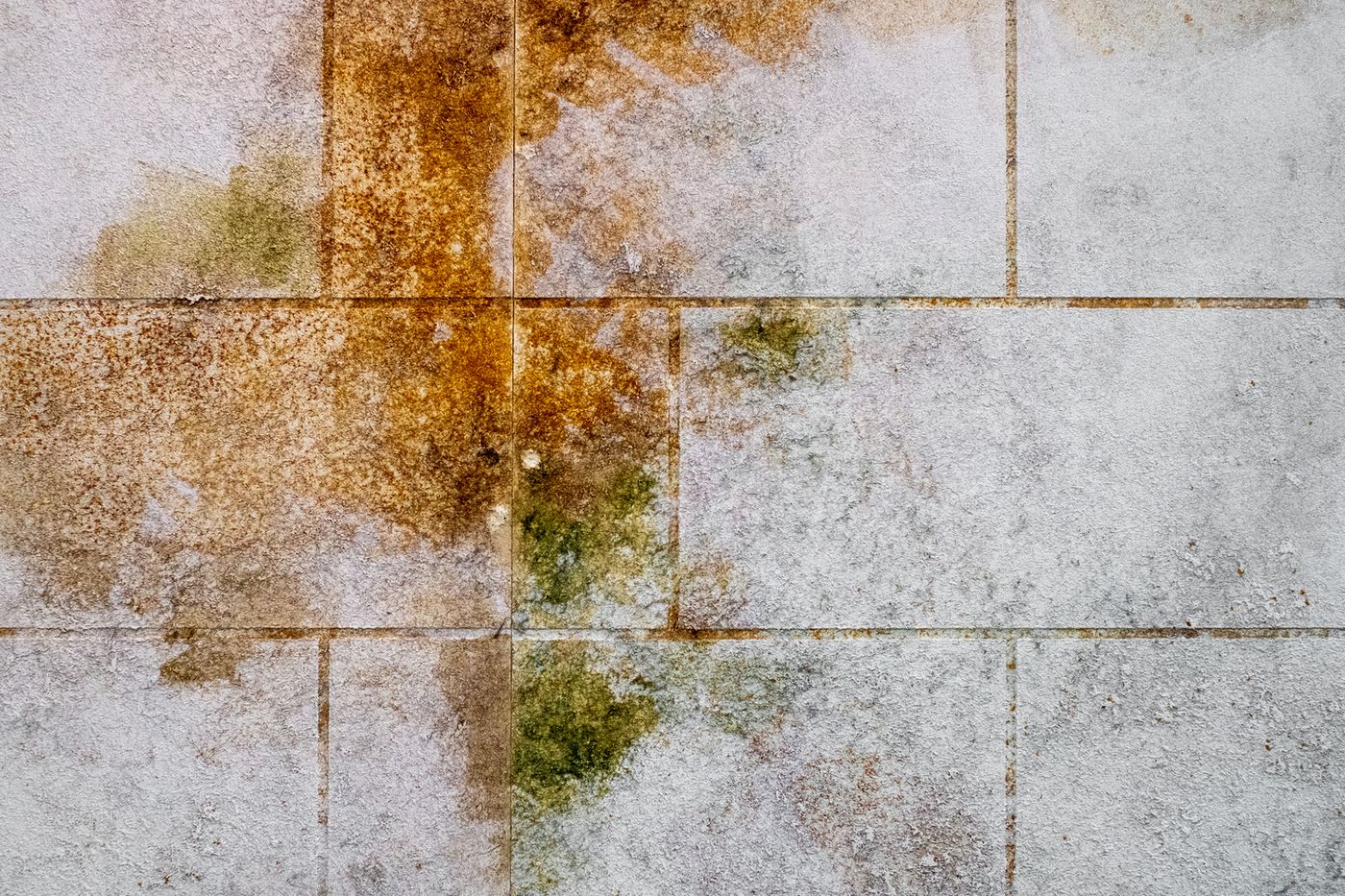Black mold and orange mold are both types of fungi that can grow in damp or humid environments, but they have different characteristics and methods of treatment.
Black mold, also known as Stachybotrys chartarum, is a type of mold that is typically greenish-black in color and can have a slimy texture. It is known to cause a variety of health problems, including allergic reactions, respiratory issues, and headaches. Black mold is commonly found in areas where there has been water damage or leaks, such as bathrooms, basements, and attics.
Orange mold, on the other hand, is a type of mold that can be orange, yellow, or brown in color and has a velvety texture. It is typically found in damp or humid environments, such as bathrooms, kitchens, and basements. Orange mold is not as toxic as black mold, but it can still cause allergic reactions and other health problems.
To address black mold:
- It is important to locate and repair the source of moisture that is causing the mold growth.
- It is recommended to hire a professional mold remediation company that is trained and equipped to safely remove the mold.
- Any contaminated materials such as drywall, carpet, and insulation may need to be removed and replaced.
- Proper ventilation and dehumidification to prevent mold growth in the future.
To address orange mold:
- It is important to locate and repair the source of moisture that is causing the mold growth.
- It is possible to clean up small areas of orange mold with a solution of water and detergent.
- For larger areas or if you have a compromised immune system, it is recommended to hire a professional mold remediation company.
- Proper ventilation and dehumidification to prevent mold growth in the future.
It is important to remember that exposure to any type of mold can cause adverse health effects, so it's essential to address mold issues as soon as they are discovered.

